Serendipity: an apparent aptitude for making fortunate discoveries accidentally.
This afternoon, I had a “serendipity moment” that triggered a bit of surfing with a purpose. Fun times indeed.
It all started with a story I was reading that summarized activities that took place at the Food Marketing Institute (FMI) convention being held in Dallas, Texas. Kevin Coupe of Morning News Beat highlighted a talk given by Bert Jacobs.
The name may not be familiar, but I’ll bet you know the brand: Life is Good.
You’re smiling now, aren’t you?
What’s not to like? But I digress.
Mr. Jacobs gave a talk titled “Optimism can take you anywhere.” Mr. Coupe provided some highlights in his story:
Bert Jacobs, CEO (chief executive optimist) at Life Is Good, spoke about how his brother and he grew a t-shirt business from one that generated $87,000 the first year to more than $100 million annually today. Here are the most important things that Jacobs said:
“Consumers have taken over. We don’t make brands. Consumers create brands.â€
“Consumers will build your brand with you if you will build community with them.â€
“Optimists will take you somewhere that is not yet there. Realists ask to see the data … Optimism is the most important tool we have.â€
Okay, they both got my attention. So I Googled “Bert Jones” to learn more. Apparently Mr. Jones is popular on the speaking circuit. This post came from someone who attended a “Mass Challenge”
It is a summary of the Life is Good (LIG) philosophy:
1. “Life was good†even when Jacobs and his brother (and co-founder) John were living out of a van for weeks at a time, hawking T-shirts on the road. That was in the early ‘90s. Life was good because they were pursuing their dream and believed in what they were doing, despite the hardships and not selling much.
2. “People will give you the answers if you listen.†The Jacobs brothers went with their signature stick-figure smiley “Jake†design (see image above) in 1994 after it resonated with a bunch of their friends. The design turned out to have incredibly broad commercial appeal. So listen to people, don’t just talk all the time, he said. The best ideas will usually come from other people.
3. “Do what’s in your heart.†That sounds obvious, but it can be hard when you’re worried about getting customers and making money every day. Jacobs found that organizing benefit events for children and worthy causes have come back to help his company a hundred-fold.
4. “All our culture needs is a little leadership and an opportunity.†Life Is Good exists in part to counteract what Jacobs sees as rampant negativity in popular culture and the media. He wants the brand to stand for all that is positive and optimistic in the world. And really, that’s why he is so inspiring to the startup community and especially to entrepreneurs, who must believe in their business against all odds.
5. “We do what we like, and we like what we do.†This is pretty much the motto of Life Is Good. The company has grown to $100 million in annual revenue and has no plans to go public or be acquired, Jacobs said. Rather, the firm is trying to go global, take risks in new product areas, and become a billion-dollar business.
I poked around a little more and found this HuffingtonPost.com interview.
In it, I learned a little more about the company’s background.
> Bert and John Jacobs invested $200 to make T-shirts in the late ’80s, they never would have guessed they were starting a $100 million business. John, finishing college, and Bert, delivering pizza and teaching skating, just figured selling T-shirts would be a good, cheap way to connect with people through their artwork.
> They started hawking their apparel on the streets of Boston and then moved up to selling door-to-door in college dorms, sleeping in the back of their van to save money. Just as they were debating whether they should get real jobs, a philosophical discussion on a road trip changed their lives. That discussion sparked the idea for The Life is good Company, which now sells a variety of apparel, pet products, a stationery line and footballs, frisbees and other recreational products in about 30 countries and 5,000 retailers in the United States, including 100 dedicated Life is good stores.
> For five years, the brothers lived out of a an old used van (t really wasn’t. It was like a Plymouth Voyager — a soccer mom van.) peddling their wares up and down the East Coast.
> Students were in intrigued to hear stories from the road trips.
> After working the dorm crowd, they advanced to selling T-shirts to retailers. It was this move that really helped them flesh out Jake (the stick guy from the shirts).
> The first retailer we sold to was a mom-and-pop store — they asked if Jake likes to eat ice cream. And we said, “He will if you put in an order.”
> Retailers kept calling and asking, “Does Jake fish? Does Jake ride a bike?” That led to an expansion of the product line.
Thus, the point made above about the best ideas coming from other people.
So my serendipity side-trip got me thinking, which is probably the best thing of all since sometimes day-to-day matters of consequence can seem to extinguish any desire to engage, ponder, share and ponder some more.
Staying open to possibilities is something we all need to work on.
###
Entrepreneur Spotlight
Name: Bert and John Jacobs
Company: The Life is good Company
Ages: 47, 43
Location: Boston
Founded: 1994
Employees: Approximately 250
2012 Projected Revenue: $100 million
Website: www.lifeisgood.com/
Source: ExperienceLife.com
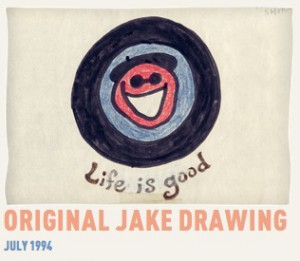
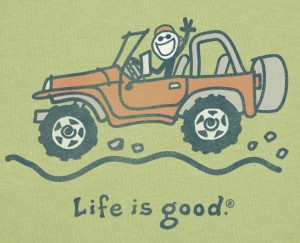
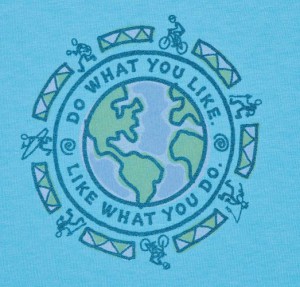
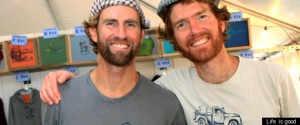

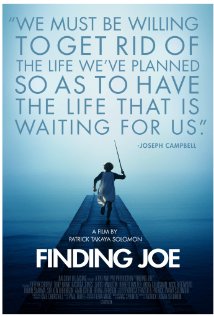



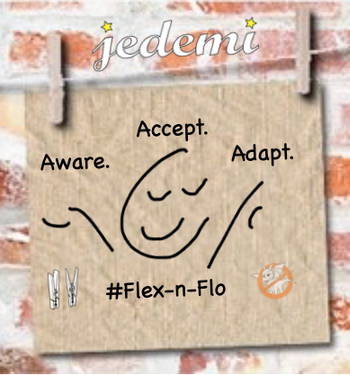

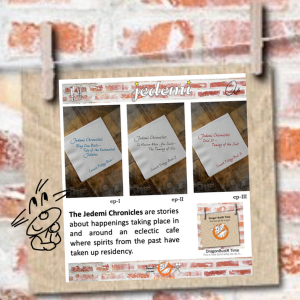



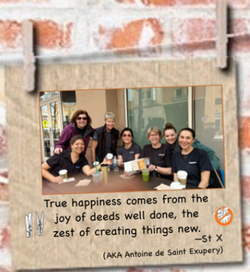




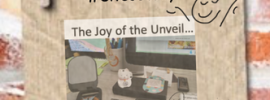

@Tiffany Gary Blehm, The Optimist, Spread the Power of Optimism and Positive Vibes Since the 1980’s. Google “Gary Blehm” and “Grin Big”.
Gary Blehm, The Optimist, Spread the Power of Optimism and Positive Vibes Since the 1980’s. Google “Gary Blehm” and “Grin Big”.
I love these guys! Such a simple and inspiring message.